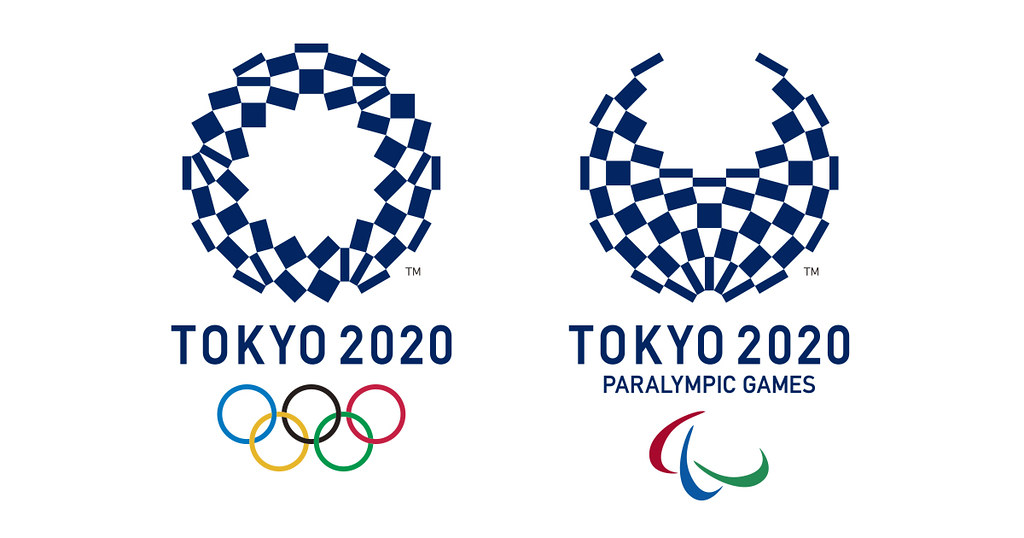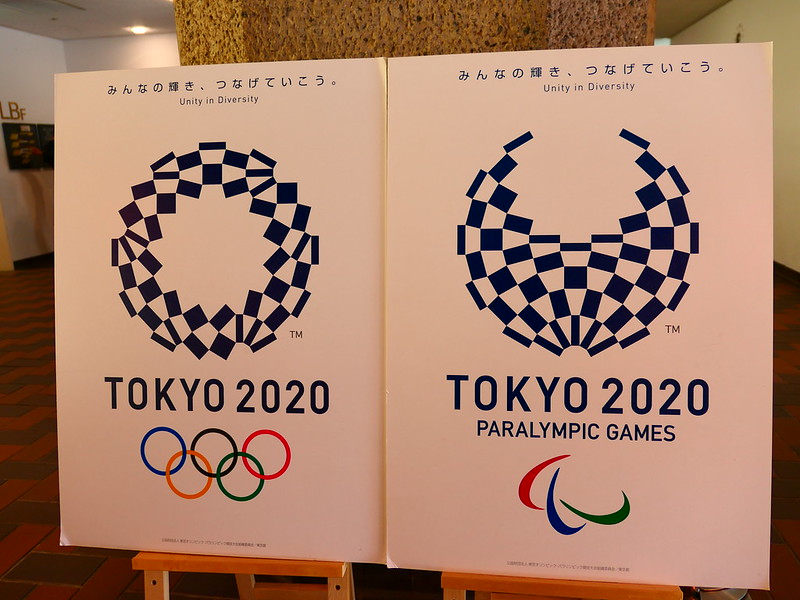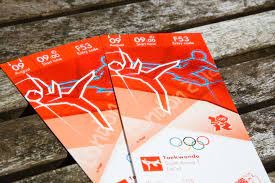
India’s medal tally at Japan this year? A whopping 6 golds, 10 silvers, and 10 bronzes.
Confused? Oh yes of course I added the Paralympics too. It’s misleading? Why, though? Well if you insist, it was a total of seven Olympic medals and nine-teen Paralympic medals. A truly applaudable performance by the entire contingent.
A recent conversation with a friend went something like that. And in no way is it an attempt to diminish the achievements of any individual, just an attempt to uncover why we instinctually assume certain answers. And is there a subtle stereotype, intentional or otherwise, that informs all these assumed ‘normals’? In this case, it would be the widespread ableism that paralyses our society and incapacitates it from being truly inclusive. Be it in unapparent everyday conversations like these or the very apparent socio-political and structural barriers that actively infringe upon their equal rights and dignity, people with disabilities are faced with discrimination at every point of their lives.

This is evident in the stark difference between the kind of coverage and admiration Olympians receive as opposed to Paralympians. The appreciation for the latter starts and ends with National pride, despite the fact that the institutional and social barriers to even participating or training are often unimaginably higher. Paralympic champions not only go through the ordeal of poorly funded National Paralympic Committees and training facilities but even upon winning despite these conditions, there are gross discrepancies in cash prizes with Olympic athletes often getting many times the awards that Paralympic athletes receive. This is seen in many leading countries including Japan and Canada, with the USA and Australia having announced equal awards only this year. While the Indian Olympic Committee awards equal prizes, inequalities can be seen in the awards announced by some State governments or even private donors ( for instance, in 2016, the Uttarakhand government announced 1.5 crores for Olympic gold as opposed to 2 Lakhs for a Paralympic gold ). Moreover, the media coverage of both the events is also widely different with more air time given to Olympics. This is also because the audience that avidly watches every precious minute of their favorite Olympic sports doesn’t afford the same loyalty or support to the Paralympics.

Moreover, the kind of hero-worship that Olympians attract as autonomous individuals apart from being sportspeople is far from the exaggerated tales of heroism and national pride that form the sole narrative around Paralympians. Everyone knows Neeraj Chopra by name but Avani Lekhara, Sumit Antil, Manish Narwal, Promod Bhagat, and Krishna Sagar are reduced to India’s 5 Paralympic gold medals; not even medalists because we care more for accolades than people! Tales of P V Sindhu and Sakshi Malik’s silver find a place in an eternal hall of fame but Mariyappan Thangavelu and Devendra Jhajharia are forgotten after the initial Paralympic gold buzz until of course, they win another silver for the nation. This long-standing trend of dehumanising people with disabilities by reducing their autonomy and importance to their achievements is a reflection of a larger social narrative. A narrative that has no qualms in blaming their suffering on karma but credits their achievements to God’s grace. A narrative where their utility starts and ends with what they can provide in the form of accolades and entertainment, and it is exactly as crude and reprehensible as it sounds.
From families that often abandon them to the streets or curse their very existence; to a society that rejects their worth and constantly treats them like a burden; to poorly funded and often insufficient government programs; to spaces and institutions that are often inaccessible to them; to opportunities, they are denied time and time again and a lifetime of abuses and tone-deaf phrases silently accepted- the community in large has been marginalised since centuries. We commend their strength of mind and celebrate stories of how they overcame their ‘weaknesses’, yet it is indeed us who box them and reduce them to their limitations at each turn, who denounce them to a life of failures right at birth. So while we pretend to care, in reality, we care only when we get something out of it, as if they have to prove their worth to us and earn our respect in the first place.

And while there are indeed hints of change, beginning with the use of more sensitive and inclusive terminology, merely a shift from ‘viklang’(disabled) to ‘divyang’(divine body) isn’t sufficient as long as it is accompanied by narratives of pity. For all our claims of valuing hard work and spirit, we as a society only value victory. Our hypocrisies are unveiled when overnight our pity turns into pride and the ‘physically challenged’, ‘disabled, and ‘apahijs’ (all ableist slurs) become the sons and daughters of our country. When we do nothing to counter or correct our everyday ableism but still seek a share in the victory of those we have othered all our lives. So the next time we celebrate their achievements and glorify their struggles, maybe the real question we need to ask ourselves is- did we ever aid that victory or only hinder it?

